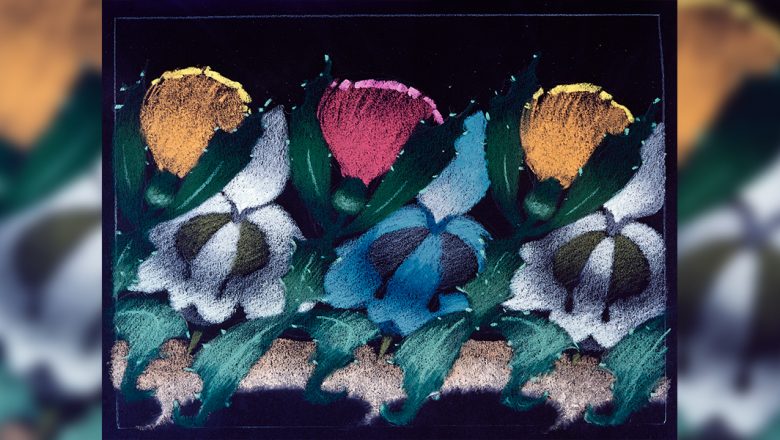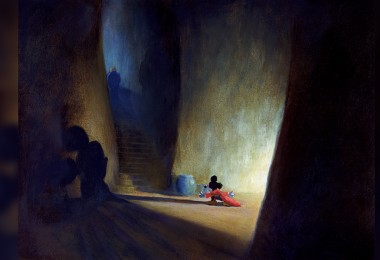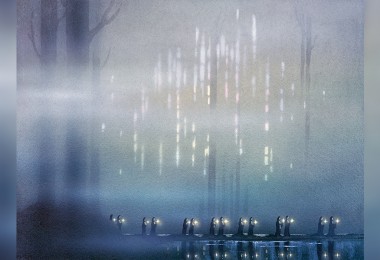By Katie Strobel, Walt Disney Archives
We’re continuing our Fantasia (1940) composer series by exploring the life and music of Pyotr Tchaikovsky.
Nutcracker Suite (1892), streaming now on Disney+
Pyotr Tchaikovsky (1840–93)
Fantasia: 00:13:39-00:28:47
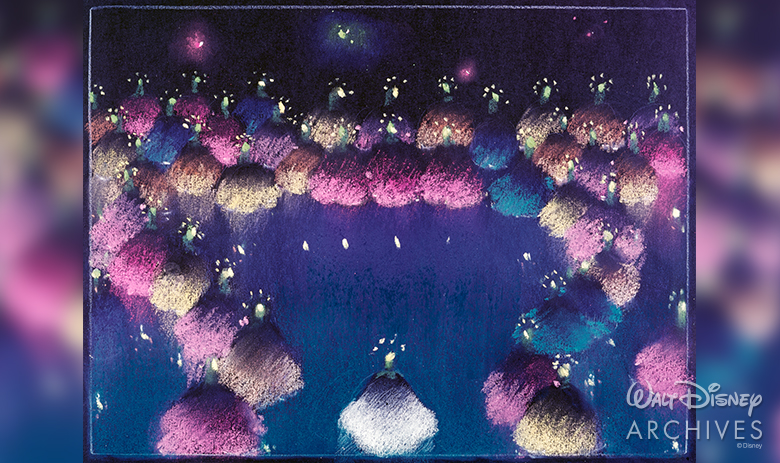
Pyotr Tchaikovsky took piano and music theory lessons starting from a young age, but still decided to study law when he got older. Lucky for us, he changed course and entered the music conservatory in St. Petersburg, followed by a teaching stint at the conservatory in Moscow. There Tchaikovsky encountered the composers known as “The Mighty Five” and was inspired by their love of Russian heritage, but he eventually settled into his own individual style. This style was extremely accessible to listeners of Western classical music at the time—memorable melodies, lush orchestral sounds, and emotions that pulled at the heartstrings. His reach was so far that he even conducted at the opening of New York’s Carnegie Hall in 1891!
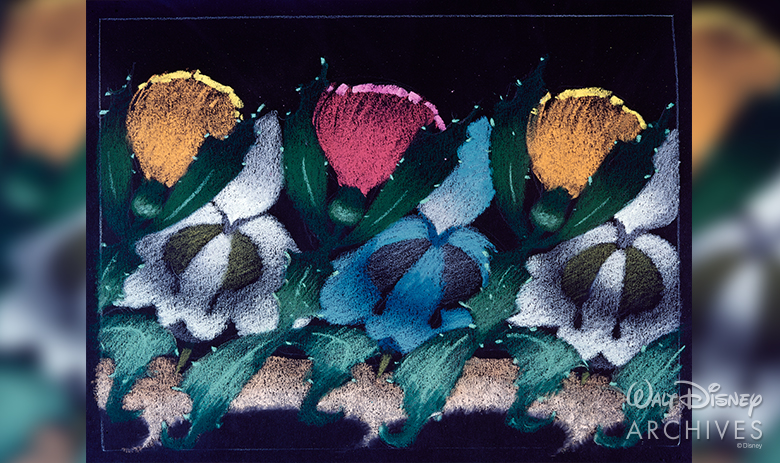
The Tchaikovsky work we hear in Fantasia (1940) is the Nutcracker Suite, a selection of pieces from the full ballet, The Nutcracker. This orchestral suite actually debuted before the ballet, having been performed in March 1892 before the ballet’s premiere in December 1892. The Nutcracker is loosely based on E.T.A. Hoffmann’s fairy tale The Nutcracker and the Mouse King, and was the last of Tchaikovsky’s three ballets, preceded by Swan Lake and The Sleeping Beauty.
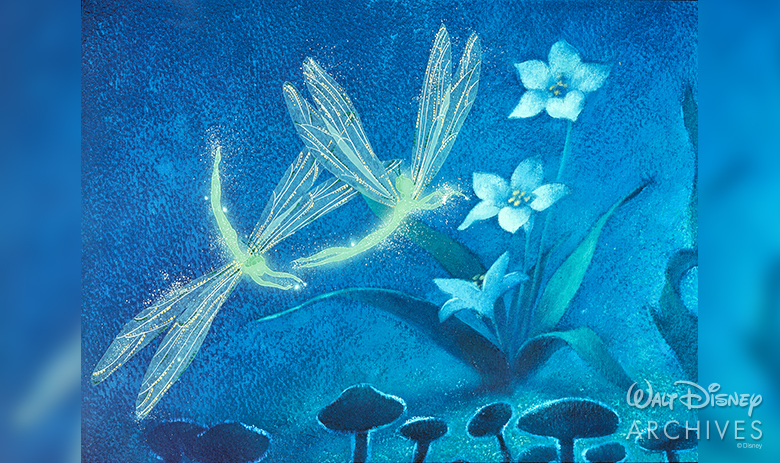
Unfortunately, Tchaikovsky did not live to see the success of The Nutcracker, but what he did for Russian ballet music was a turning point in music history. Before Tchaikovsky, music heard in ballets was more like background music for the dancers, but he elevated it to an art form in and of itself, with more variety and richness of rhythms, melody, and orchestration.
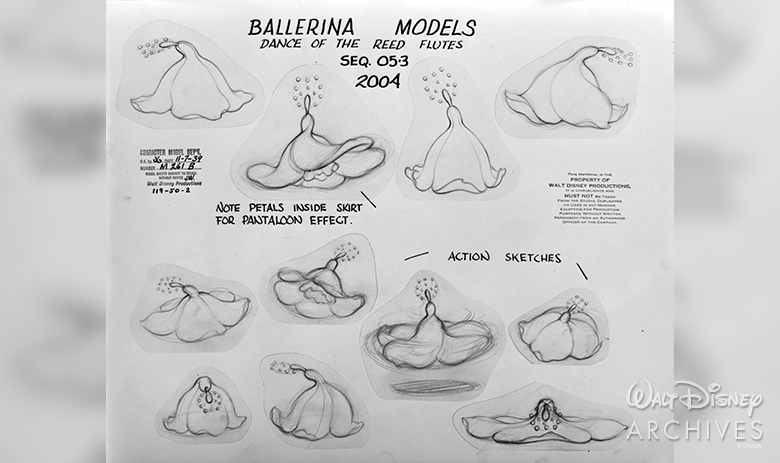
So where else can you see (or hear) Tchaikovsky across the many worlds of Disney? A lot of places, indeed! Check out the following films and shows, streaming now on Disney+ and more! And be sure to check back for our spotlight look at Stravinsky, the last in our series!
Sleeping Beauty (1959), streaming now on Disney+
- The music was adapted from Tchaikovsky’s 1890 ballet of the same name.

The Little Mermaid (1989), streaming now on Disney+
- 00:59:10–00:59:31—Scuttle attempts to set a romantic mood with the “Love Theme” from Romeo and Juliet.
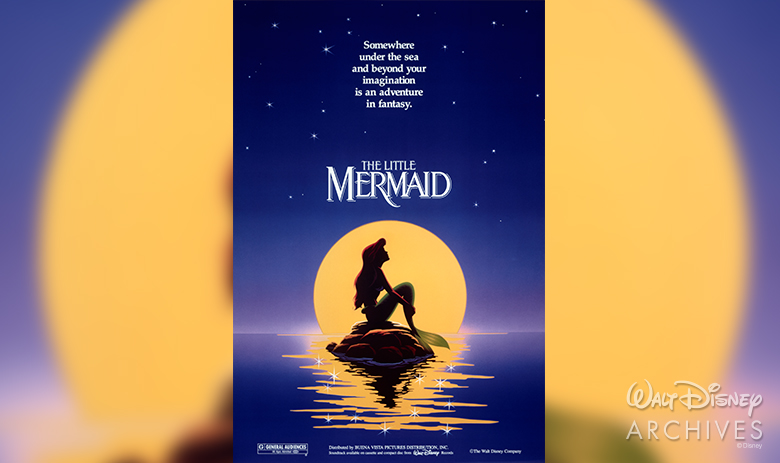
The Simpsons (TV, 1989–present), streaming now on Disney+
- “Wedding for Disaster” (2009)—Season 20, Episode 15
- 00:09:14–00:09:54—The main theme from the first movement of the Piano Concerto No. 1 in B-Flat Minor, Op. 23 is played on the violin.
- “How I Wet Your Mother” (2012)—Season 23, Episode 16
- 00:01:16–00:01:38—Symphony No. 4 in F Minor, Op. 36: III. Scherzo. Pizzicato ostinato.
- “I Won’t Be Home for Christmas” (2014)—Season 26, Episode 9
- 00:16:11–00:16:19—“Dance of the Reed Flutes” from The Nutcracker
- 00:19:03–00:19:17—“Dance of the Sugar Plum Fairy” from The Nutcracker
- “22 for 30” (2017)—Season 28, Episode 17
- 00:06:45–00:06:55—1812 Overture
Kim Possible (TV, 2002–07), streaming now on Disney+
- “Hidden Talent” (2004)—Season 2, Episode 15
- 00:10:13–00:10:19—“Russian Dance” from The Nutcracker
Mickey, Donald, Goofy: The Three Musketeers (2004), streaming now on Disney+
- 00:11:43–00:13:16—The song “Love So Lovely” is based on the “Dance of the Reed Flutes” from The Nutcracker and the “Love Theme” from Romeo and Juliet.
Little Einsteins (TV, 2005–10), streaming now on Disney+
- “The Blue Footed Booby Bird Ballet” (2007)—Season 2, Episode 15
- This episode features music from Swan Lake, including an introduction to Tchaikovsky at 00:01:09.
- “The Wind-Up Toy Prince” (2007)—Season 2, Episode 20
- This episode features music from the Nutcracker Suite, including an introduction to Tchaikovsky at 00:01:12.
- “Animal Snack Time” (2008)—Season 2, Episode 25
- This episode also features music from the Nutcracker Suite, with an introduction to Tchaikovsky at 00:01:08.
- “The Song of the Unicorn” (2008)—Season 2, Episode 31
- This episode features music from the 1812 Overture, including an introduction to Tchaikovsky at 00:01:12.
Maleficent (2014), streaming now on Hulu
- “Once Upon A Dream”—Sung by Lana Del Rey in the end credits, this song is based on the melody from the Waltz in Act I of The Sleeping Beauty, Op. 66.
The Nutcracker and the Four Realms (2018), streaming now on Disney+
- James Newton Howard’s score adapts the music from The Nutcracker
The World According to Jeff Goldblum (2019), streaming now on Disney+
- “Cosmetics” (2019)—Season 1, Episode 10
- 00:12:23–00:13:01—Swan Lake, Op. 20, Act II: 13. Dances of the Swans
Did You Know? The Nutcracker, notably “Dance of the Sugar-Plum Fairy,” features the celesta, a brand-new instrument for the time that Tchaikovsky wanted to keep secret from his rivals!
In case you missed it, click here to see our spotlight look at Amilcare Ponchielli and Paul Dukas!



